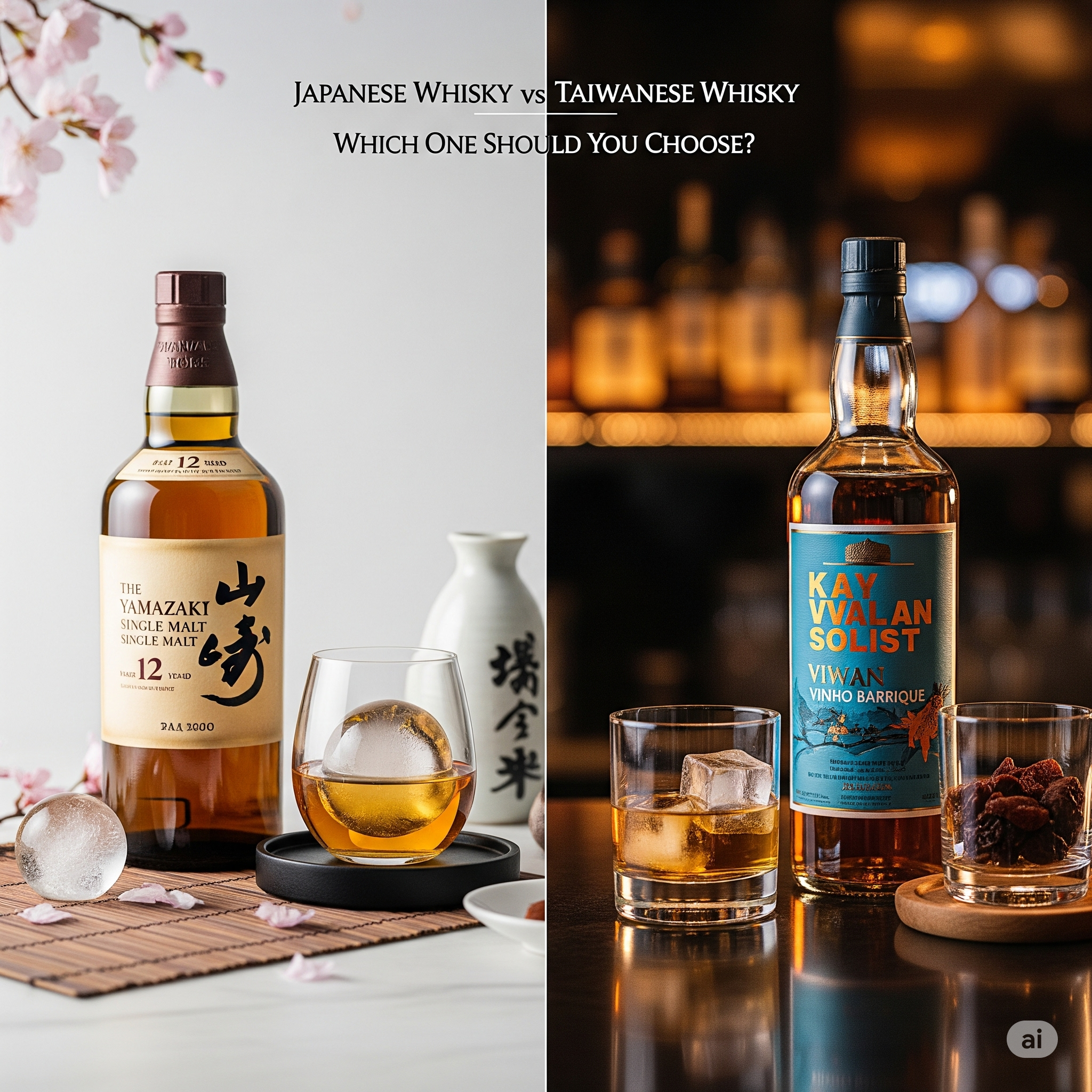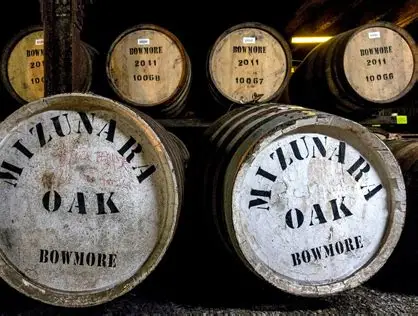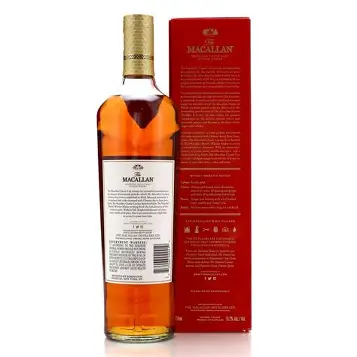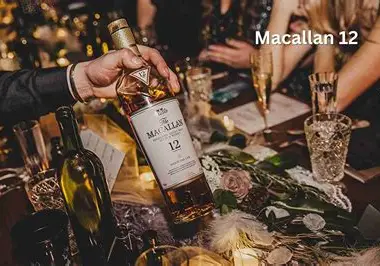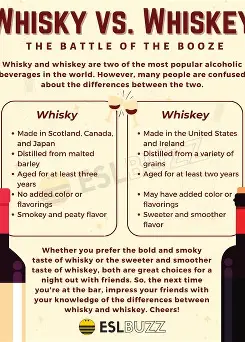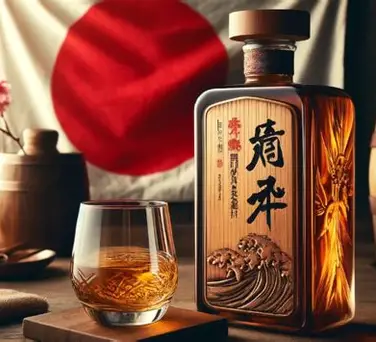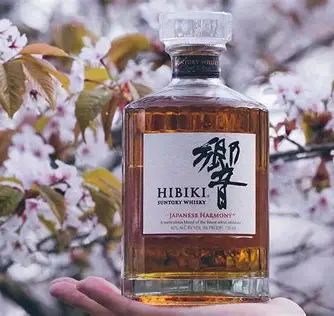Japanese Whisky vs Taiwanese Whisky
Japanese Whisky vs Taiwanese Whisky is a comparison that many whisky lovers want to explore. Both regions produce incredible single malts and blends that have captured the hearts of collectors and casual drinkers worldwide. But how are they different? Which one is right for your taste?
In this complete guide, we’ll dive into everything you need to know about Japanese whisky and Taiwanese whisky. You’ll learn about their history, flavor profiles, production methods, and top brands. Whether you are a beginner or an experienced whisky drinker, this guide will help you decide which whisky suits you best.
Why Compare Japanese Whisky vs Taiwanese Whisky?
Japanese whisky and Taiwanese whisky are two of the most exciting categories in the world of spirits. They share similarities—like attention to detail and a focus on craftsmanship—but they also have unique qualities that set them apart.
Understanding these differences will help you appreciate each style. Plus, it can guide you when shopping online for authentic bottles from trusted retailers like WhiskeyWorlds.com.
A Short History of Japanese Whisky
Inspired by Scotland
Japanese whisky started in the early 20th century when pioneers like Masataka Taketsuru brought Scottish whisky-making techniques to Japan. Distilleries like Yamazaki and Nikka learned the art of malting, distilling, and aging from Scottish traditions but adapted them to Japanese tastes and climate.
Global Recognition
Over the decades, Japanese whisky has gained a reputation for balance, subtlety, and quality. Brands like Hibiki, Yamazaki, and Hakushu have won multiple international awards, making Japanese whisky one of the most respected categories in the world.
A Short History of Taiwanese Whisky
A Newcomer with Global Impact
Taiwanese whisky is relatively young. The most famous distillery, Kavalan, was founded in 2005. Despite its short history, Kavalan quickly gained worldwide recognition by producing award-winning whiskies that rivaled established brands.
Rapid Aging in a Tropical Climate
One of the key differences in the Japanese Whisky vs Taiwanese Whisky debate is climate. Taiwan’s warm and humid environment speeds up the aging process. This means that Taiwanese whiskies often taste more mature even at a younger age.
Flavor Profiles: Japanese Whisky vs Taiwanese Whisky
Japanese Whisky Flavor
- Delicate and balanced flavors
- Notes of fruit, honey, and floral elements
- Subtle smokiness in some expressions
- Smooth and refined finish
Taiwanese Whisky Flavor
- Rich and bold flavors
- Tropical fruit notes like mango, pineapple, and banana
- Sweetness from rapid cask interaction
- Intense and full-bodied finish
Key takeaway: Japanese whisky is known for its elegance and subtlety, while Taiwanese whisky is famous for bold, fruity flavors.
Production Differences
Japanese Whisky
- Uses Scottish-style pot stills and long fermentation times
- Typically aged in sherry casks, American oak, or Japanese Mizunara oak
- A cool, varied climate allows for slow, steady maturation
Taiwanese Whisky
- Warmer climate speeds up cask interaction
- Often aged in ex-bourbon casks, sherry casks, and sometimes wine casks
- Young whiskies can have the complexity of older ones
Top Japanese Whisky Brands
- Yamazaki: Japan’s first distillery, famous for sherry cask aging
- Hibiki: Renowned for its harmonious blended whiskies
- Hakushu: Known for fresh, herbal flavors
- Nikka: A pioneer brand producing a range of styles
Top Taiwanese Whisky Brands
- Kavalan: Taiwan’s flagship distillery, making award-winning single malts
- Omar: Known for using unique cask finishes and bold flavors
Japanese Whisky vs Taiwanese Whisky: Which Is Better for Beginners?
If you’re new to whisky, Japanese whisky might be easier to start with. Its lighter and smoother flavors are approachable, and the balance makes it enjoyable even for people who are not used to strong spirits.
However, if you enjoy rich, bold flavors with tropical fruit sweetness, Taiwanese whisky like Kavalan could be perfect for you.
Price Comparison
- Japanese Whisky: Prices have increased in recent years because of limited supply. Some bottles can be expensive, especially older or rare editions.
- Taiwanese Whisky: Generally more affordable than Japanese whisky, though special editions can be pricey too.
Internal Links for Whisky Enthusiasts
If you’re interested in learning more about whisky, check out these related guides:
- Best Places to Buy Japanese Whisky Online
- Japanese Whisky Buying Guide for Collectors
- How Japanese Whisky Is Made: A Simple Guide
How to Avoid Fake Bottles When Buying Online
One important part of the Japanese Whisky vs Taiwanese Whisky discussion is authenticity. Fake bottles are unfortunately common.
Tips to Avoid Counterfeits
- Buy only from trusted retailers like WhiskeyWorlds.com.
- Check packaging details and serial numbers.
- Avoid sellers offering rare bottles at unusually low prices.
Which Whisky Should Collectors Choose?
Collectors often prefer Japanese whisky because of its long history and limited releases. Bottles from Yamazaki, Hibiki, and Hakushu can appreciate in value over time.
That said, Taiwanese whisky also has collectible options, especially limited editions from Kavalan.
Food Pairings
Japanese Whisky Pairings
- Sushi and sashimi
- Grilled fish
- Light cheeses
- Fresh fruit
Taiwanese Whisky Pairings
- Barbecue meats
- Tropical fruit desserts
- Spicy dishes
- Dark chocolate
Final Thoughts: Japanese Whisky vs Taiwanese Whisky
The choice between Japanese whisky and Taiwanese whisky comes down to your taste:
- Japanese Whisky: Elegant, balanced, and subtle
- Taiwanese Whisky: Bold, fruity, and intense
Both are excellent options. The best way to decide is to try both and see which one you enjoy the most.
Call to Action
Ready to explore Japanese whisky vs Taiwanese whisky for yourself? Visit the shop section at WhiskeyWorlds.com today. Browse authentic bottles from Japan and Taiwan and have them delivered straight to your door. Whether you’re a collector or a beginner, you’ll find the perfect whisky to enjoy.
